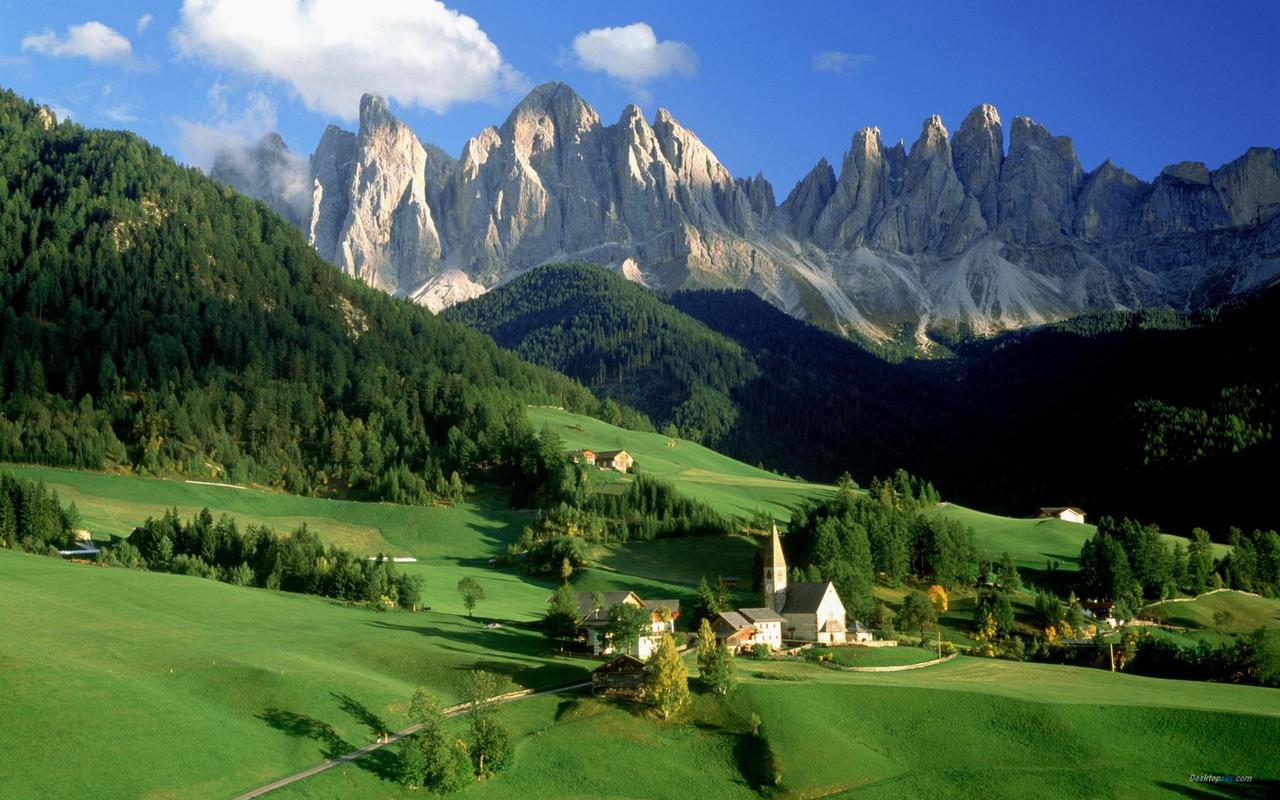The Philippines is a country rich in culture, steeped in a history dating back thousands of years. Over the centuries, the country has been influenced by various cultures and civilizations, including Malay, Chinese, Spanish, and American, among others. In this essay, we will explore the richness of Filipino cultural heritage, which is a testament to the country’s diversity and resilience.
Filipino culture is known for its hospitality, warmth, and friendliness. The people are proud of their cultural heritage and are keen to preserve it for future generations. One of the most prominent aspects of Filipino culture is the concept of “Bayanihan,” which translates to “community spirit.” This idea is at the heart of Filipino culture, where people come together to help each other in times of need, such as during natural disasters or celebrations.
One of the main drivers of Filipino culture is its strong sense of family values. The family plays a crucial role in the lives of Filipinos, with close-knit communities often centered around extended family members. Families often gather to celebrate special occasions and events, such as Christmas, weddings, and birthdays, where they share food, music, and stories together.
Just as family is an essential part of Filipino culture, so too is religion. The Philippines has one of the largest Roman Catholic populations in Asia, with approximately 80% of the population identifying as Catholic. However, other religions, such as Islam, Buddhism, and Hinduism, are also practiced in the country.
The cuisine of the Philippines is a reflection of its rich cultural heritage. Filipino food is a blend of native, Chinese, Malay, and Spanish influences, resulting in a unique and flavorful cuisine. Some of the most popular dishes include adobo, a savory and tangy meat or poultry dish, and sinigang, a sour and savory soup made with tamarind. Lechon, or roasted pig, is also a staple in many Filipino celebrations.
The arts play an essential role in Filipino culture, with music, dance, and visual arts providing a way to express the country’s unique identity. Traditional dances, such as the tinikling, showcase the country’s grace and rhythm, while modern artists continually push the boundaries of art and creativity.
In conclusion, Filipino cultural heritage is a rich tapestry of history, beliefs, traditions, and customs. Its diversity and resilience are reflected in the country’s art, music, cuisine, and family values. Preserving and promoting this heritage is crucial to the country’s identity and future. As Filipinos continue to embrace their cultural heritage, their unique spirit and sense of community will undoubtedly continue to thrive.
(Note: Do you have knowledge or insights to share? Unlock new opportunities and expand your reach by joining our authors team. Click Registration to join us and share your expertise with our readers.)
